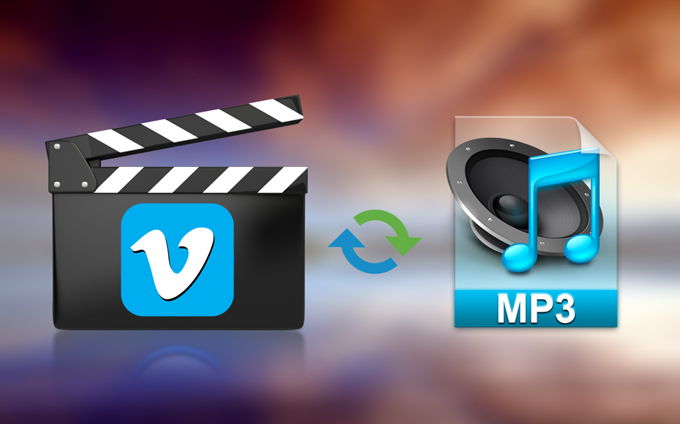In today’s fast-paced world, music and videos have become integral parts of our daily routines. Whether it is winding down after a long day, energizing yourself during a workout, or simply enjoying a moment of relaxation, having easy access to your favorite tunes and videos can make any day special. The ability to download music and videos whenever you want has revolutionized how we enjoy entertainment, providing a sense of freedom and convenience that was once unimaginable. This flexibility allows us to tailor our content to our moods, schedules, and preferences, making it easier to create memorable moments. One of the major benefits of downloading music and videos is that you are no longer at the mercy of unreliable internet connections or streaming services that may require subscriptions. Offline access to your favorite media ensures that you can enjoy uninterrupted entertainment, whether you are traveling, at the gym, or in a location with poor connectivity. Imagine being able to play your preferred songs and videos without worrying about buffering or network errors – it makes the experience that much more enjoyable and stress-free.

The mp3 juice music and video content available today is another reason why easy downloads are so important. With just a few taps, you can find almost any genre or style, from the latest chart-topping hits to nostalgic tracks or rare indie music. The same holds true for videos, where you can explore everything from blockbuster movies to educational tutorials, comedy sketches, and beyond. The sheer diversity of options ensures that no matter what you are in the mood for, there is something out there to fit your needs, all just a few clicks away. Additionally, downloading music and videos allows for greater control over your content. You can curate playlists, organize video libraries, and create a personalized experience tailored exactly to your tastes. This sense of ownership is empowering, as it gives you the ability to enjoy your media without having to rely on algorithms or random suggestions. Furthermore, you can take your content with you wherever you go, from your phone to your computer, and enjoy it at any time, without restrictions.
For those who are passionate about discovering new artists or creators, downloading music and videos opens up a world of possibilities. You can easily explore different genres, watch independent films, or listen to lesser-known tracks from up-and-coming musicians. This ability to discover hidden gems and share them with friends or family helps foster a deeper connection to the media we consume and creates a sense of community around shared interests. Lastly, the ability to download music and videos has made entertainment more accessible to people all over the world. It breaks down barriers such as geographic location and time zones, giving everyone the opportunity to enjoy high-quality content whenever they choose. Whether you are in a bustling city or a quiet rural area, you can download and enjoy music and videos that bring joy, relaxation, or inspiration into your day, making every moment feel a little more special.



